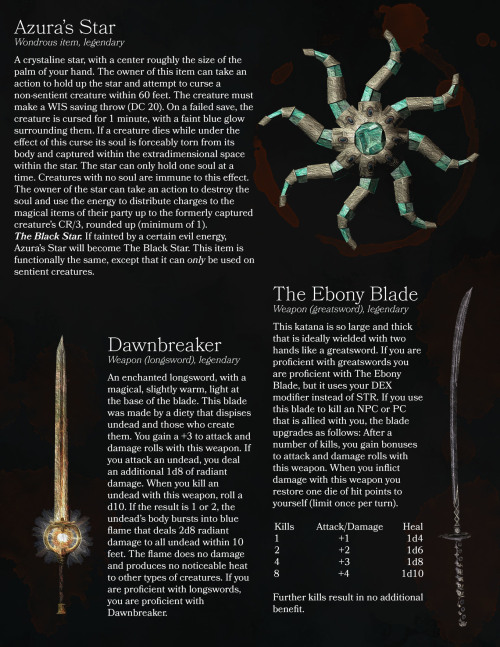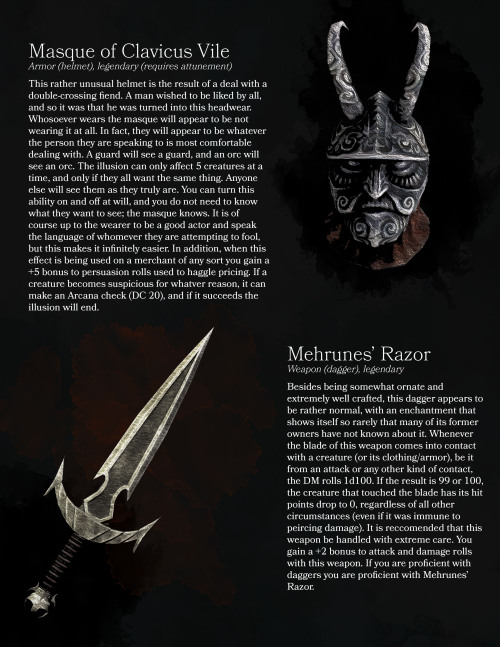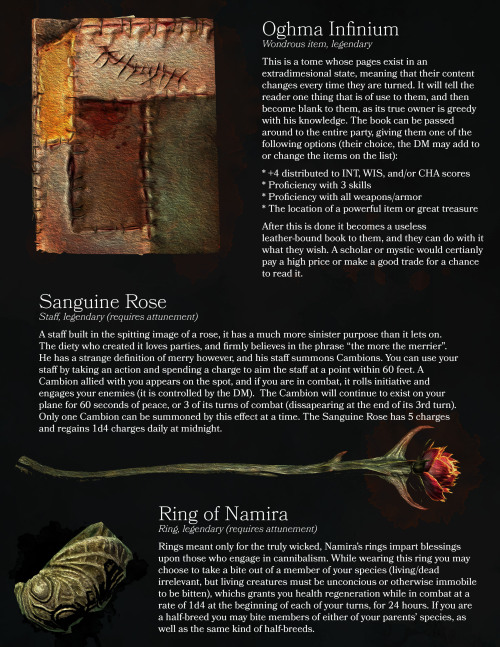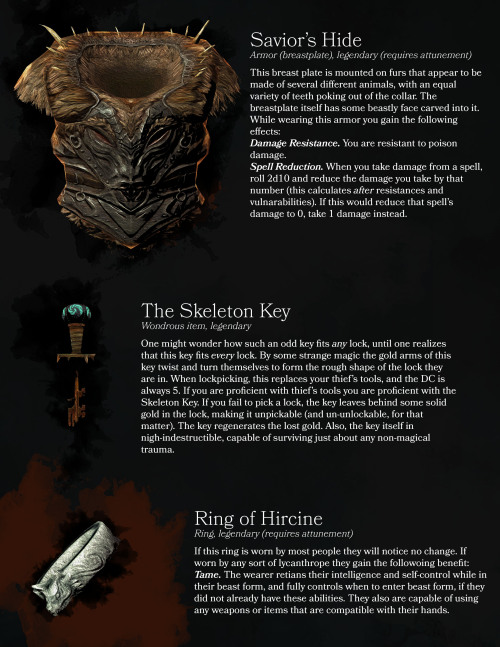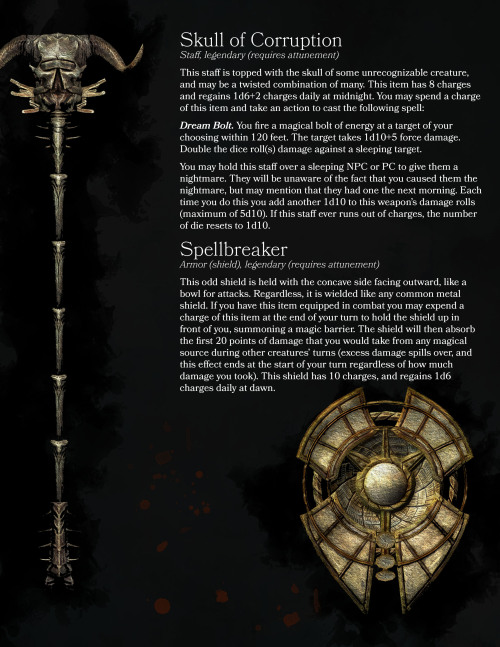When Astronomy Honour’s Student Michelle Kunimoto Graduates On Monday, She’ll Do So Already Holding

When astronomy honour’s student Michelle Kunimoto graduates on Monday, she’ll do so already holding the honour of being a galactic pioneer with distinction.
The 22-year-old University of British Columbia undergraduate has discovered four new planets in the Cygnus (Swan) constellation, known as “exoplanets” because they’re outside our solar system.
“I got interested in exoplanets from Star Trek,” she told Metro in an interview in UBC’s physics department. “The whole theme of Star Trek, curiosity and exploration, is really important for the long, long, long term. We want to answer the age-old question: Are we alone?”
She spent months poring through 400 different data samples from the Kepler space telescope, which captures the curves of light from distant stars. Sudden dips in their light can correspond to planets passing in front of them.
Kunimoto likened her method to trying to hear one quiet voice in a crowded room full of loud talkers. But when she first noticed the faint but tell-tale dip, she didn’t allow herself get excited.
“I had to be very careful,” she explained. “I ran them through a lot of tests, but the more tests I ran, the more confident I felt.
“When they all passed the right tests, and I had these four planets remaining, that was really exciting!”
The planet she’s most enthusiastic about is called Kepler Object Of Interest 408.05, which she nicknamed “Warm Neptune,” because it’s roughly the size of its namesake planet, but is within the distance needed for the warm, Earth-like atmosphere needed to host life. It’s 3,200 light years from Earth.
Technically, what she found are still considered “planet candidates” until they can be independently confirmed, but for her UBC supervisor the results are clear.
“It’s rare that you have that ‘Eureka!’ moment any more,” astronomy professor Jaymie Matthews told Metro proudly. “Michelle’s discovery was time-consuming, and she’s done this for only 400 out of 150,000 light curves.”
But will Kunimoto’s “Warm Neptune” — located within what Matthews dubbed the “Goldilocks” zone of planets that are neither too hot nor too cold to support life — potentially be home to intelligent life?
“You can bet that once the results are confirmed and more widely disseminated, the Search for Extraterrestrial Intelligence Institute will put KOI-408.05 on their list of higher-priority targets to monitor,” Matthews said. “If there is life and signals we could eavesdrop on, these are the places they’d be coming from.”
On Saturday, Kunimoto got a shout-out before a large UBC audience from Star Trek star William Shatner, who praised her discoveries on stage. “I was really honoured!” she said. “That was completely unexpected, my face was going red.”
More Posts from Stubborn-turtle-blog and Others
In early September of 1666, the Great Fire of London devastated the city for four days. Archaeological evidence suggests the searing heat may have reached as high as 3000 F. At that temperature human remains, bones and all, become ash.

Jupiter and Io
js
debugging is a science. a really boring science, but a science nonetheless.
hypothesis
procedure
results
conclusion
repeating when you don’t get the result you were god damn looking for, why is it still printing that, there are zero print statements in this program what the fuck

A striking example of the strength of the British Empire in the early 1900s: In 1911 Britain completed the “All Red Line,” a network of telegraphs that linked its possessions. The system was so redundant that an enemy would have had to cut 49 cables to isolate the United Kingdom, 15 to isolate Canada, or 5 to isolate South Africa. As a result, British communications remained uninterrupted throughout World War I.
I feel like this belongs in a more futuristic animated movie






Bolles + Wilson. Suzuki House. Tokyo. Japan. photos/ drawing: Ryuji Miyamoto/ Bolles + Wilson. - architecture classic

"There’s a certain aesthetic attached to the oldest cities in the world: bustling souks beneath a bright blue sky, flowing garments made of whispery white cotton, stone masonry painted yellow by the sun."
I learned something… disturbing… today:
In 1860-something this guy named Charles Lutwidge Dodgson wrote a book about determinants. According to my professor, for years it was the book on determinants. Now here’s my problem: Dodgson was his real name. But the name you probably know him by? Lewis Carroll.
The dude that wrote Alice in Wonderland also wrote a book about determinants.
Maybe that’s why they’re so freaking weird.
Superhenge?
Last year, an international team of scientists mapping the underground landscape surrounding Stonehenge announced that they had located a massive stone monument that dwarfed its ancient neighbor. When archaeologists started excavating “Superhenge” earlier this month, however, they found something completely different.

Keep reading
The Forgotten Earthquakes
On July 28th, 1976, two earthquakes hit in China, near the city of Tangshan. They were just 100 miles from Beijing. Tangshan was a city of 1 million that was almost completely destroyed in a day. Beijing’s port city, Tianjin, was also hit as was parts of the capital Beijing. Although the death toll was never confirmed by Chinese authorities, it may have exceeded 700,000. That would easily make the Tangshan earthquakes the most deadly natural catastrophe of the 1900s.
China at the time was still reeling from the aftermath of its decade-long and ultimately pointless “Cultural Revolution.” The response to the earthquakes was incompetent, ineffective, and corrupt. It directly led to more deaths and more suffering. Word of the earthquake and the terrible relief effort spread throughout China. In whispers, of course, since counterrevolutionaries were and are still arrested when the crime is nothing more than speaking a unhappy truth about the government. Already in poor health, Mao died just six weeks after Tangshan. And suddenly that and the ensuing power struggle were all that was talked about. The largest natural disaster of a century, and it is not taught or remembered.
-
 number-one-jew liked this · 8 years ago
number-one-jew liked this · 8 years ago -
 ziamarley liked this · 8 years ago
ziamarley liked this · 8 years ago -
 bedsidelullaby liked this · 8 years ago
bedsidelullaby liked this · 8 years ago -
 theta-waves liked this · 8 years ago
theta-waves liked this · 8 years ago -
 wedontneednothoughtscontrol reblogged this · 8 years ago
wedontneednothoughtscontrol reblogged this · 8 years ago -
 shieldcharge reblogged this · 8 years ago
shieldcharge reblogged this · 8 years ago -
 ohfrabjousday reblogged this · 8 years ago
ohfrabjousday reblogged this · 8 years ago -
 tired-science-nerd reblogged this · 8 years ago
tired-science-nerd reblogged this · 8 years ago -
 a-redharlequin reblogged this · 8 years ago
a-redharlequin reblogged this · 8 years ago -
 151stars liked this · 8 years ago
151stars liked this · 8 years ago -
 roohandruses liked this · 8 years ago
roohandruses liked this · 8 years ago -
 kfoxthegreat reblogged this · 8 years ago
kfoxthegreat reblogged this · 8 years ago -
 thecosmoschild liked this · 8 years ago
thecosmoschild liked this · 8 years ago -
 artisticcryptid liked this · 8 years ago
artisticcryptid liked this · 8 years ago -
 psychotichemp liked this · 8 years ago
psychotichemp liked this · 8 years ago -
 astrophysicskid reblogged this · 8 years ago
astrophysicskid reblogged this · 8 years ago -
 aterminalcase liked this · 8 years ago
aterminalcase liked this · 8 years ago -
 pissorbe liked this · 8 years ago
pissorbe liked this · 8 years ago -
 rakenrolrobin liked this · 8 years ago
rakenrolrobin liked this · 8 years ago -
 ratknifeguts reblogged this · 8 years ago
ratknifeguts reblogged this · 8 years ago -
 thebigcrunch liked this · 8 years ago
thebigcrunch liked this · 8 years ago -
 pwnator reblogged this · 8 years ago
pwnator reblogged this · 8 years ago -
 kapitancassian reblogged this · 8 years ago
kapitancassian reblogged this · 8 years ago -
 beeblebubbz reblogged this · 8 years ago
beeblebubbz reblogged this · 8 years ago -
 finepoints reblogged this · 8 years ago
finepoints reblogged this · 8 years ago -
 timcurrysteeth reblogged this · 8 years ago
timcurrysteeth reblogged this · 8 years ago -
 wandering-sunflowers reblogged this · 8 years ago
wandering-sunflowers reblogged this · 8 years ago -
 imactuallytrying liked this · 8 years ago
imactuallytrying liked this · 8 years ago -
 delicatesidesweep liked this · 8 years ago
delicatesidesweep liked this · 8 years ago -
 secretporcupine reblogged this · 8 years ago
secretporcupine reblogged this · 8 years ago -
 balancethegoodandbad liked this · 8 years ago
balancethegoodandbad liked this · 8 years ago -
 balancethegoodandbad reblogged this · 8 years ago
balancethegoodandbad reblogged this · 8 years ago -
 dirtwolff reblogged this · 8 years ago
dirtwolff reblogged this · 8 years ago -
 notsoinnocentobserver liked this · 8 years ago
notsoinnocentobserver liked this · 8 years ago -
 jtoddwashere reblogged this · 8 years ago
jtoddwashere reblogged this · 8 years ago -
 tonictenko reblogged this · 8 years ago
tonictenko reblogged this · 8 years ago -
 hellopeachykeen liked this · 8 years ago
hellopeachykeen liked this · 8 years ago -
 sheillustrates liked this · 8 years ago
sheillustrates liked this · 8 years ago -
 wherewhatwhenwhy liked this · 8 years ago
wherewhatwhenwhy liked this · 8 years ago
Gaming, Science, History, Feminism, and all other manners of geekery. Also a lot of dance
243 posts
